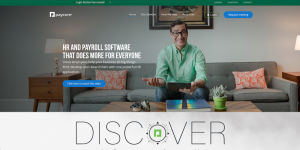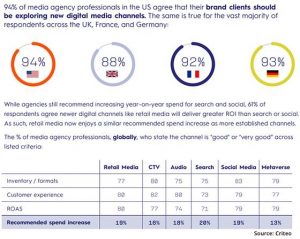— August 13, 2019

bella67 / Pixabay
An email drip campaign is a series of messages that are sent, or “dripped,” in a predefined order at a predefined interval.
So, for example, if someone joins your email list, they receive Email #1 upon signup, Email #2 three days later, Email #3 five days after they join, and so on.
You can automate drip email campaigns with autoresponder software (e.g. GetResponse, MailChimp, etc.).
Email drip campaigns can achieve many things:
- Build relationships with leads;
- Grow sales;
- Increase customer retention.
All are good things that any smart marketer wants (and you should, too). In a great drip campaign, each email stands on its own but also builds on the emails that came before it. All emails are strategically planned and sequenced to encourage a specific action by the recipient.
So how do you do it?
6 Steps to an effective email drip campaign
1. Figure out your goal.
First things first. If you don’t know what you want to accomplish, how can you possibly achieve it? Do you want to warm up email leads? Get them to buy your product? Something else?
Be specific when talking about the end-goal so that you are able to measure it—and make sure you can measure it. Many top-line email metrics are pretty superficial measurements of what actually matters (and one reason why email testing is so difficult).
At a minimum, make sure you tag links in your emails with UTM parameters so that data about in-email behavior passes through to Google Analytics.
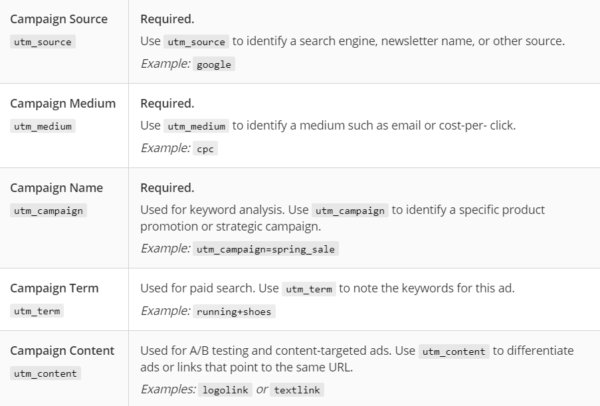
UTM parameters help pass data between email campaigns and Google Analytics. (Image source)
If you want to learn more about setting up Goals and Events in Google Analytics, check out this article.
2. What’s in the emails matters most.
Just having an email drip campaign won’t do much. The content of those emails needs to be really good. If you send lousy emails, the result will be lousy.
If the emails don’t add any value, your drip campaign may backfire—people will consider it spam and convert less often than if you did nothing at all.
Most of your users aren’t “reading” your newsletter. They’re scanning through the information, so make your information scan-able with subheads, bold sections, etc.
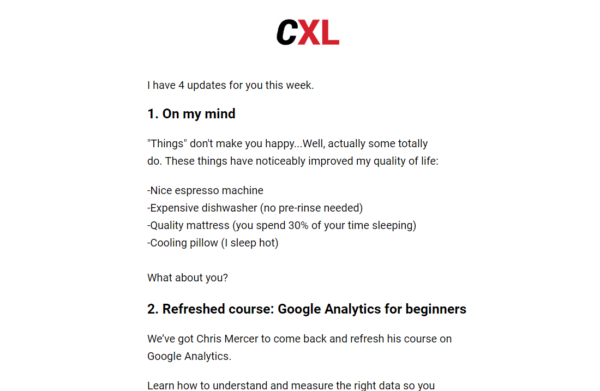 A
A
Great email is easily scanable and adds value. Note the succinct copy, numbered subheads, simple design, and focus on informational content.
3. Deliver the information that leads need to make a decision.
When you start working on content for the drip campaign, ask yourself: What do my prospects need to know to take the step I want?
For instance, if your goal is to get subscribers to use your SaaS product, you might want to create emails that explain its functionality and showcase case studies of how other people used it with great success.
If your goal is to sell something, aim to increase people’s trust in you—build up credibility. You can do this by teaching them something useful, addressing their hesitations (removing friction), and providing proof of how your stuff helps them achieve their goals.
4. Set the timing and frequency.
Once you know what you want to achieve and you’ve created the emails you want to send out, it’s time to set the frequency and timing of the emails. There is no one-size-fits-all rule.
Generally, you should start with higher frequency and slow down as time goes on. (Start with every day, then every few days, then once a week, then once a month, and so on).
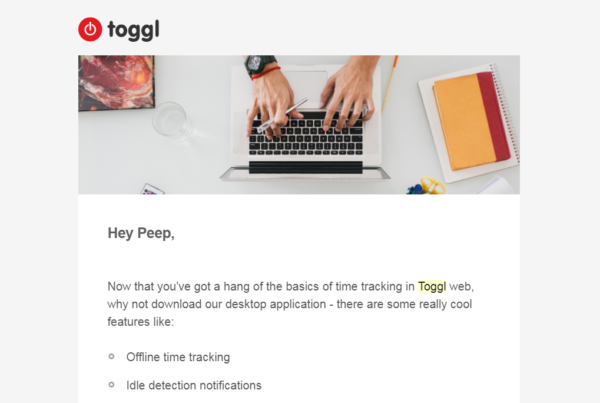
Email drip campaigns are common components of SaaS onboarding flows.
As for the email sending times, check your newsletter statistics to see if any particular time of day produced higher open rates. (There is no universal “best” time to send an email, despite what plenty of blog posts claim.)
You can also send email drip campaigns to people who’ve already been on your list for a long time. These (daily, weekly, or monthly) campaigns can keep your brand top-of-mind for when subscribers are ready to take action.
You can set up drip campaigns for:
- Whitepaper delivery;
- Quarterly release updates;
- Holiday campaigns;
- Monthly invoices;
- Annual subscription notices;
- Anything else that keeps subscribers informed and interested.
SaaS products use drip campaigns for lead nurturing and to encourage product adoption and retention (i.e. always running).
5. Segment your campaigns.
Segmentation will increase the effectiveness of your campaigns. It’s a big topic, and you can learn all about it from these two articles:
Briefly, though, these are keys. Create several parallel campaigns—most of the content can remain the same—but tailor each as much as possible to the specific segments, addressing their concerns, needs, and wants.
For instance, you can create tailored landing pages for different campaigns to acquire leads (i.e. emails). You can then create unique drip email campaigns depending on which page a user was on when they signed up.
6. Measure stuff.
Besides the obvious (open rates and clicks), measure:
- The impact on your bottom line;
- The total clicks on your landing pages.
If you want to drive traffic to your sign-up page, measure the total traffic you get from the drip campaigns to the desired page and then look at the conversions.
Conclusion
Once you’ve mastered the basics of email drip campaigns, you can move on to more advanced tactics
As with other optimization efforts, avoid advice that “guarantees” the best open rates, click-through rates, or anything else. Test your way to higher-converting campaigns.
Digital & Social Articles on Business 2 Community
(49)


